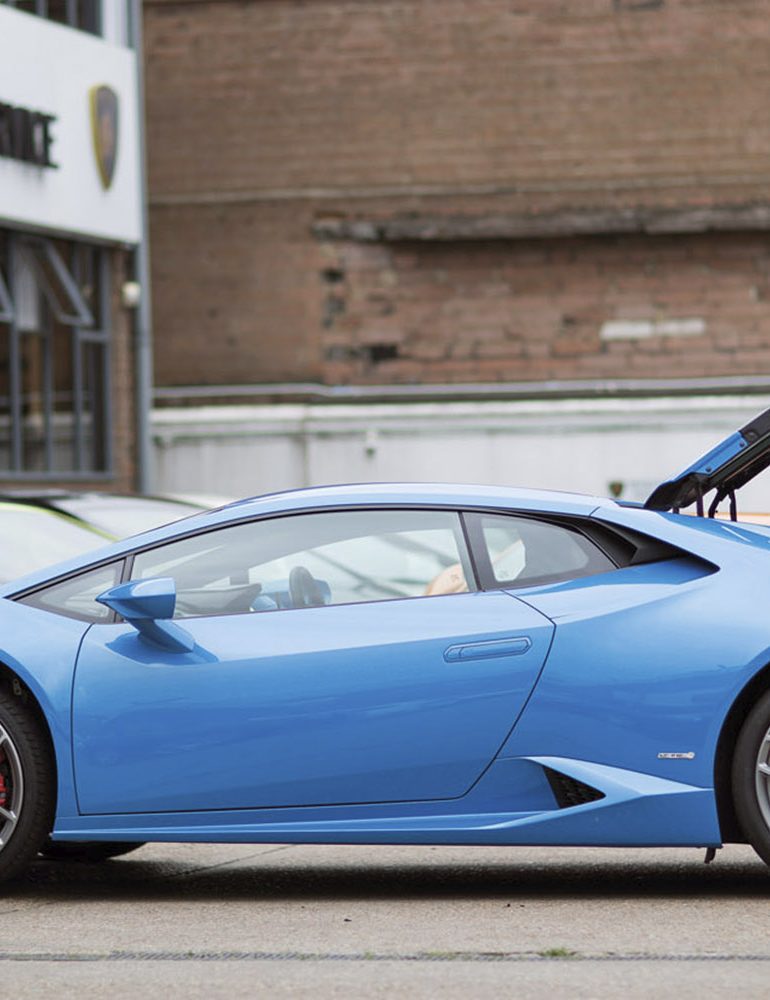Many people dream of owning a supercar—a car with mind-blowing performance and stunning looks that would make anyone drool, including the owners themselves. However, very few can get their hands on a supercar as the price tag on one of those vehicles makes them very exclusive, almost to the point of prohibition. In other words, supercars are unattainable for most mortals.
Despite this, some folks manage to buy their dream supercar sometimes by spending their savings, selling their belongings, or even mortgaging their house to fulfill the dream.
The problem comes, in most cases, when they realize that it’s one thing to be able to buy the car, but another is the cost of owning it. Because just as the price tag of this type of car is usually ten or twenty times higher than that of the average working man’s car, the associated expenses often multiply in the same proportion.
Today we will discuss eight hidden supercar costs prospective owners neglect.
Tax & Title
One of the most expensive costs that prospective owners neglect to consider is the title for their exotic car. And although car registration fees vary from state to state, in the case of Montana, for example, it has become a “tax paradise” for supercar owners who are not willing to pay the exorbitant amounts it costs to register their new toy.
So, the main reason why so many exotic cars have Montana license plates is that Montana has no sales tax. While getting a license plate in California for a $1.5-million McLaren P1 will cost you around $120,000, in Montana, registering that very same McLaren P1 costs you something like $200 in registration fees. So, $200 is roughly what you would pay to get a license plate for an average car anywhere in the United States.
Maintenance
To understand why the maintenance of a supercar is costly, we must keep in mind that these vehicles are not designed for ease of maintenance or even to drive, for that matter.
To give you an idea, an oil change for a Porsche Carrera GT in a specialized shop is around $3,000. Not expensive enough? What about $1,500 for an alignment for your McLaren 570s at a McLaren dealer?
One of the reasons why servicing a supercar is so expensive is that service dealers often require specialized equipment and tools such as scissor lifts, tables, or specific jigs to hold the car’s engine during service.
And let’s not forget highly qualified technical labor. Many shops require their technicians to have special certifications sometimes issued by the automakers themselves to work on your exotic car.
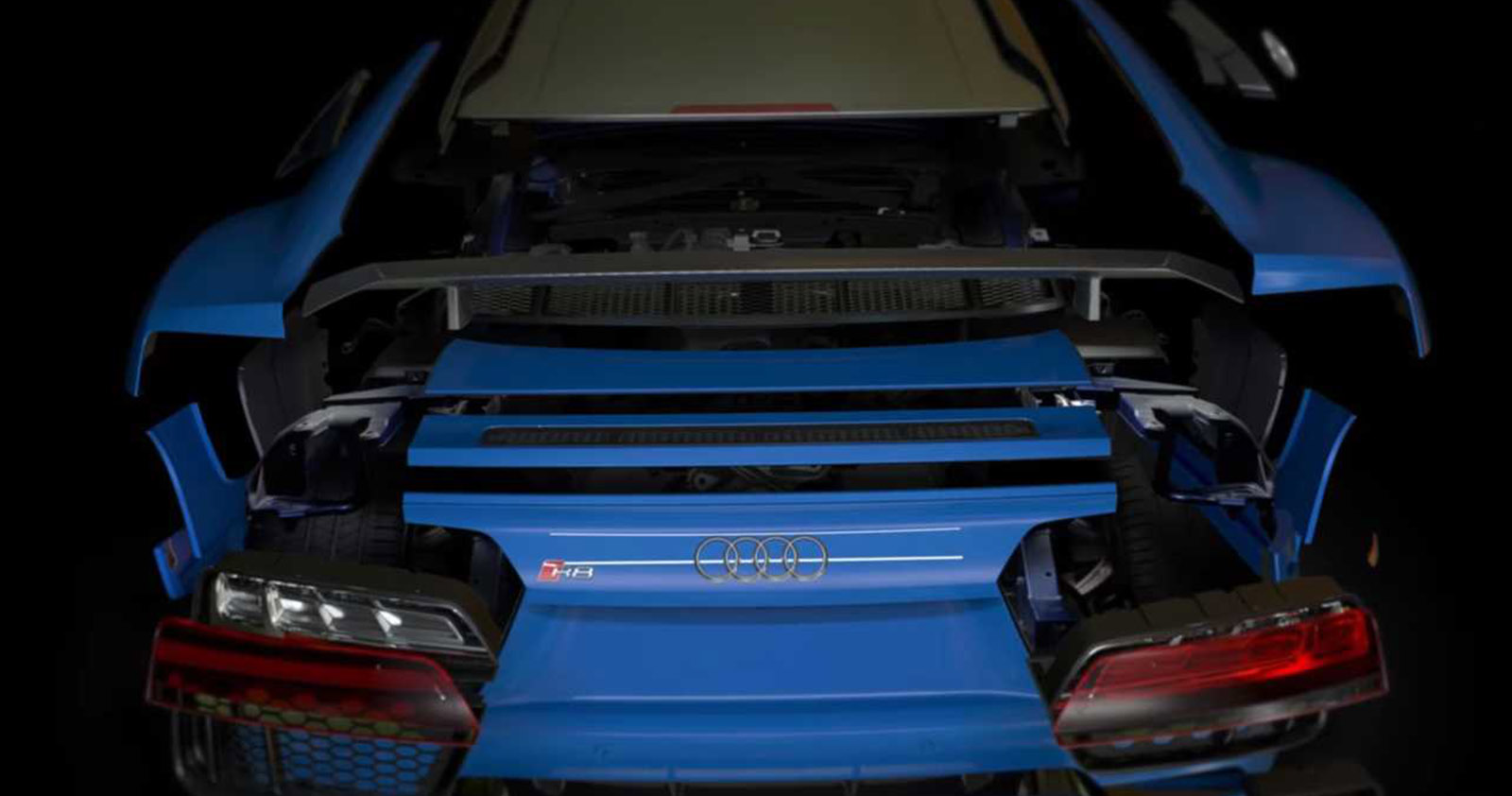
Parts
Hand in hand with service go the parts for your supercar. One thing is how much a dealer will charge for changing a part of your car, and another thing is the cost of the part itself. So, for instance, replacing the clutch on that same Porsche we just mentioned, you’re looking at $25,000, including labor.
The price for new parts for a supercar increases on the one hand because these components are highly engineered components designed to offer maximum performance. On the other hand, unlike commercial cars that sell by the millions, supercar parts are not manufactured on a large scale. In addition, these exotic cars are manufactured in very short runs and are already discontinued in many cases. Consequently, new parts become more expensive.
In the case of tires, we’ll use the Bugatti Veyron as an example. This supercar developed by Volkswagen can sustain speeds of up to 206 mph. To achieve this, the Veyron relies on Michelin Pilot Sport PAX (run-flat) 245/690 R520 tires in the front and 365/710 R540 rear, which can cost $10,000 each.
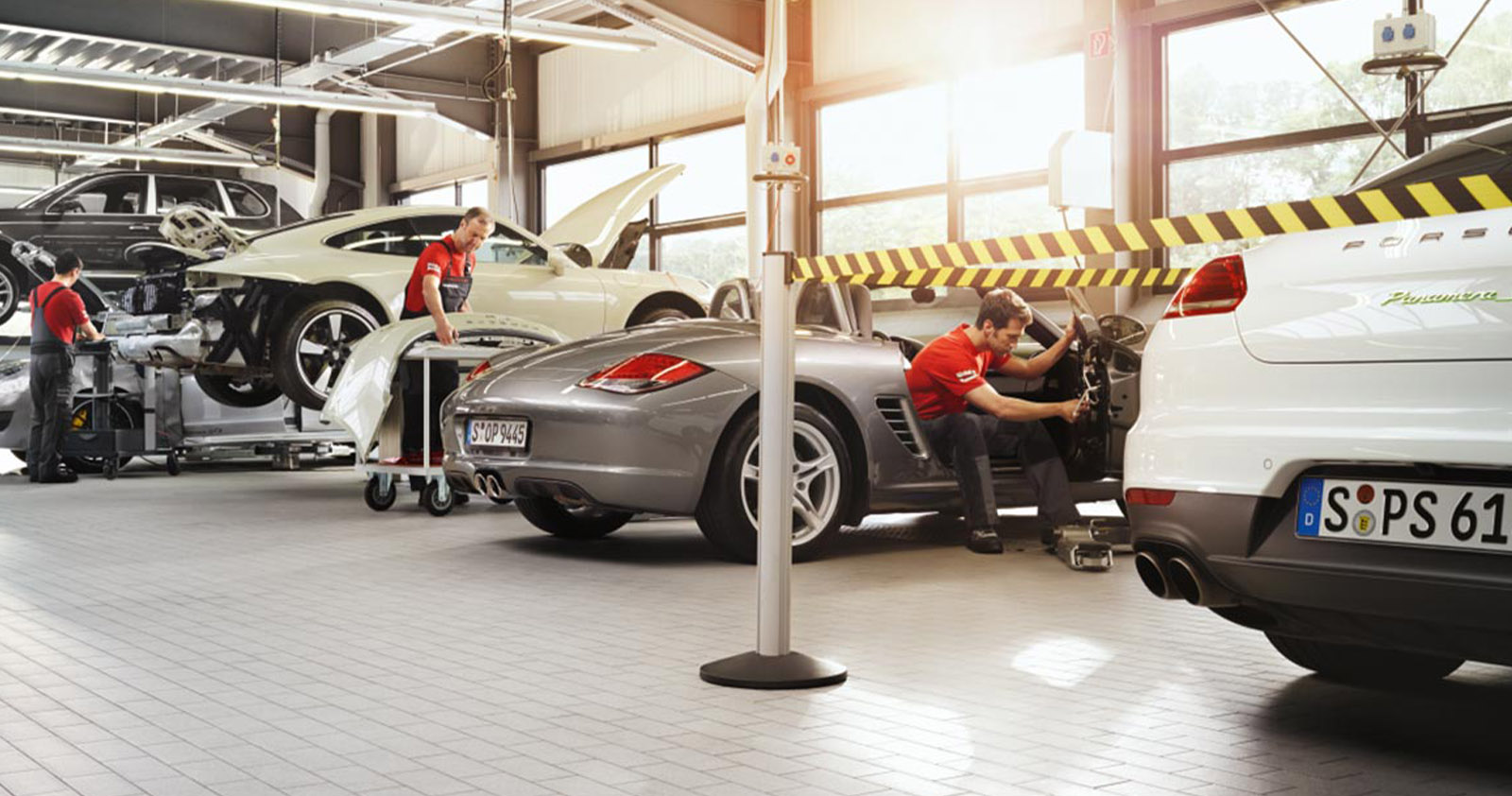
Repairs
Often, the occasional repair can be considered part of the maintenance of a car. However, in the case of supercars, we are talking about a completely different animal, especially when it comes to fixing a wrecked supercar.
Let’s say you buy a cheap salvage Ferrari F430 that was rear-ended and damaged only the rear bumper fiberglass cover. Of course, this slightly damaged Ferrari will cost you considerably less than it would typically cost in perfect condition, just for the fact that it’s a salvage vehicle.
However, if you want to get this car back to its OEM spec as a DIY project to save some money on labor, you can expect to spend around $3,600 just for a few body parts; some of them used parts. This same repair job would cost about 20k at a Ferrari dealer. Twenty grand just to repair a minor fender bender.
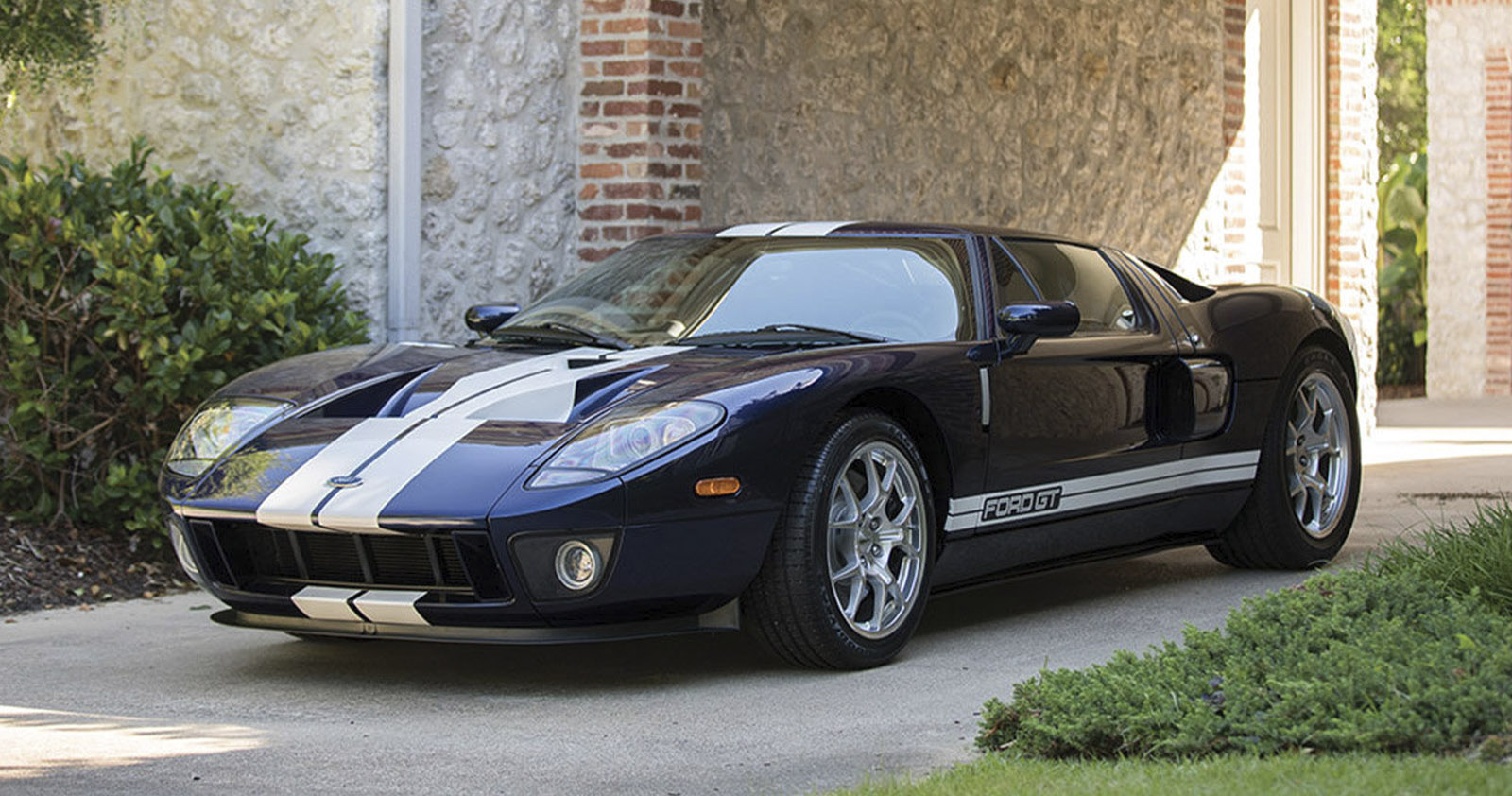
Insurance
Another aspect to consider when you own a supercar is the insurance policy. We don’t spend too much time discussing insurance here, but you can learn more about car insurance here if you’re interested.
Auto insurance for supercars like Aston Martin or Lamborghini can cost as much as $1600 a month due to the increased cost of parts and repair expenses, as we analyzed above. Therefore, if you’re preparing to buy a several-thousand-dollar supercar, you might as well look for exotic car insurance to protect your investment.
Unfortunately, some auto insurance companies don’t even offer supercar insurance as they consider these high-end vehicles to be high-risk. This situation makes it difficult for owners to protect their investments.
Therefore, the experts recommend determining whether you can secure proper auto insurance coverage before you even consider buying a supercar.
Warranty
If you buy or lease a supercar, you want to do your best to keep it in one piece during your ownership. And while these cars might not make it to 250,000 miles as your Toyota four-banger did, modern supercars are fairly reliable thanks to their exemplary build quality. So even if you use your supercar as a daily driver, it can run for years without breaking.
However, if you drive your supercar up to the speeds and loads it was designed for, keeping it close to its redline and pulling g-forces in every corner, chances are something sometime will break. Although supercars can sustain such loads for extended periods, they will not do it indefinitely.
Therefore, it’s imperative to ensure you get a comprehensive warranty (preferably extended) covering craftsmanship defects to keep your high-performance machine in optimal working conditions for several years.
For instance, Ferrari’s extended warranty, known as the Ferrari New Power 15, covers your car for an additional 12 years on top of the three-year-long factory warranty by extending the coverage to a full 15 years.
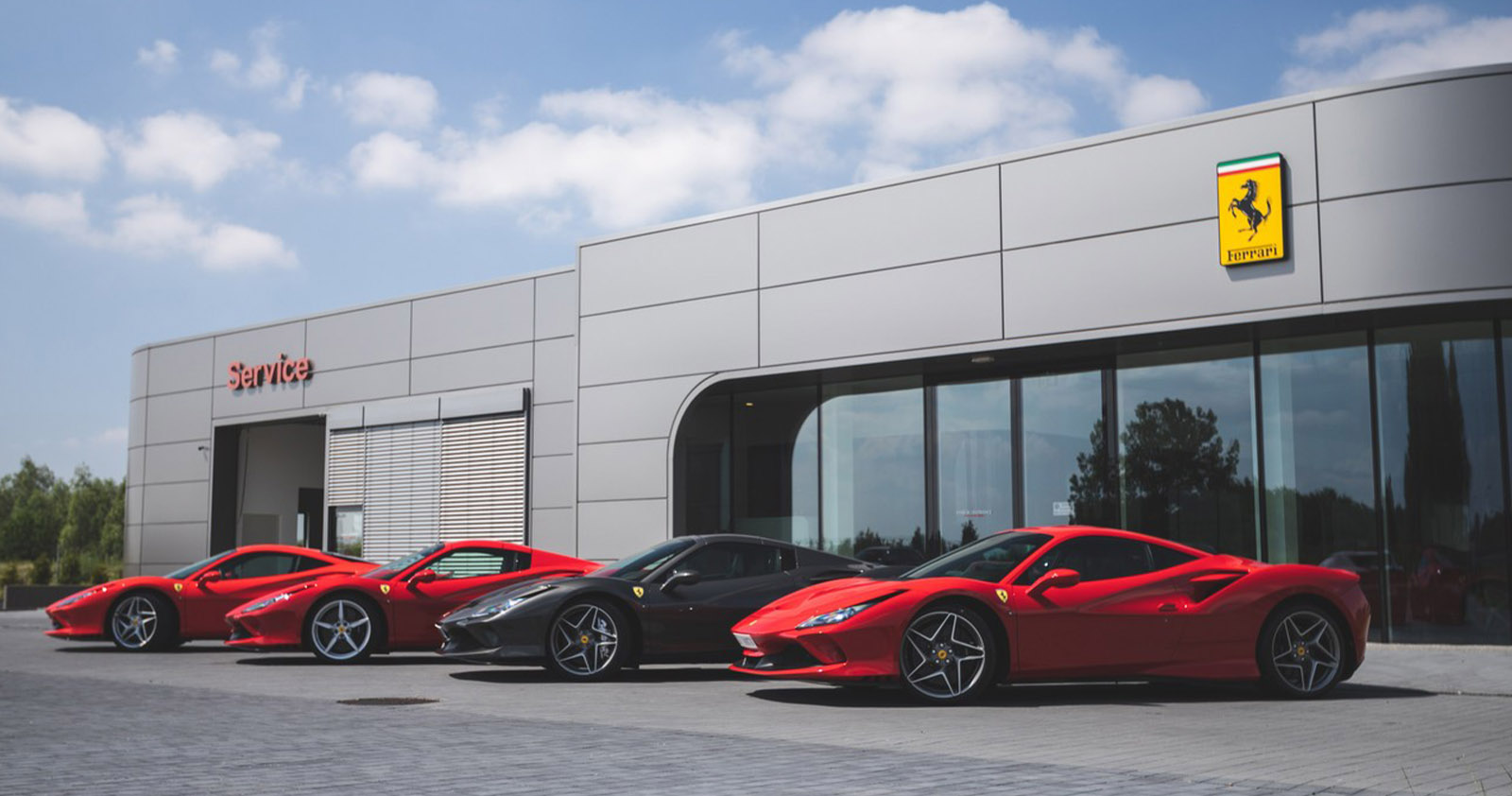
Interest / Cost Of Capital
Just like with a regular car, if you want to purchase a supercar but don’t have enough cash, you could finance it through a loan. However, supercar auto loans are for significantly larger amounts and longer terms than regular ones. For instance, you could finance a half a million dollar exotic car for up to a 144-month term.
Depending on your credit score, interest rates can reach 10.00%. If you purchase a car outright, you can avoid direct finance charges, but the cost of capital increases due to tied-up cash.
So, the bottom line is that financing a supercar is an option, but not necessarily a smart one.
Depreciation
Last but not least is the supercar depreciation curve. Supercars can depreciate typically about six percent after one year, and by the third year, these would have lost at least 20 percent of their original value.
Supercars with more prominent launches depreciate even more after the first year because the hype around that launch made speculative buyers purchase these cars at higher, unsustainable prices.
Sometimes these launches create more initial demand than the manufacturer is willing to meet, causing a blip of appreciation, but inevitably the car will begin depreciating soon.


